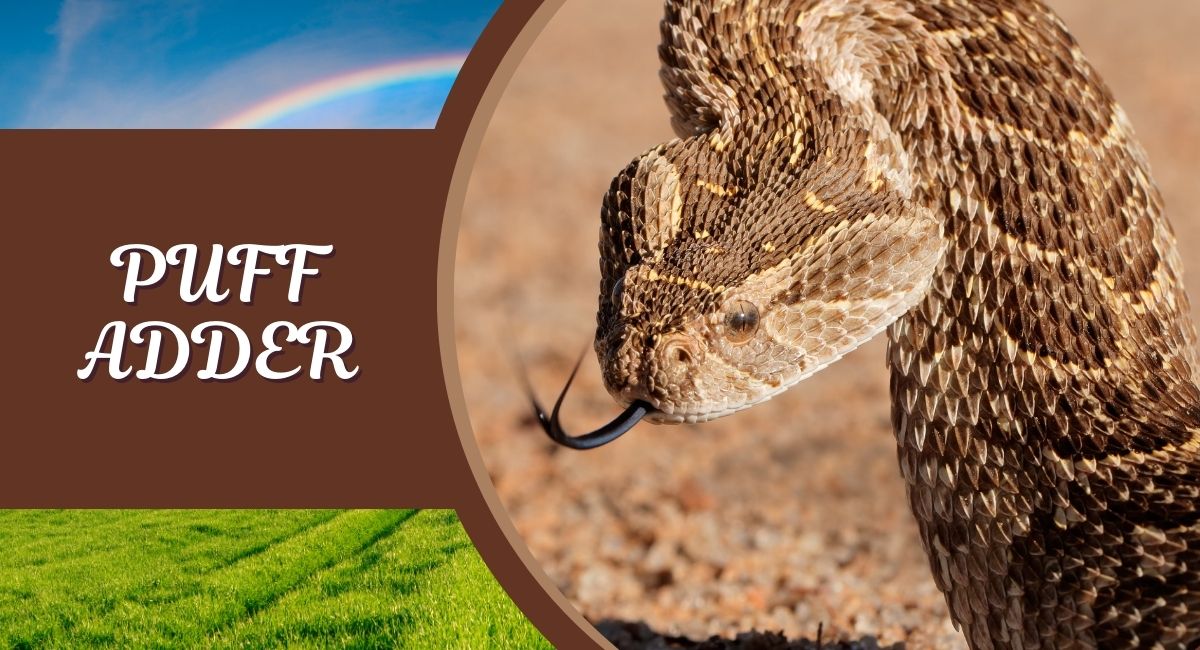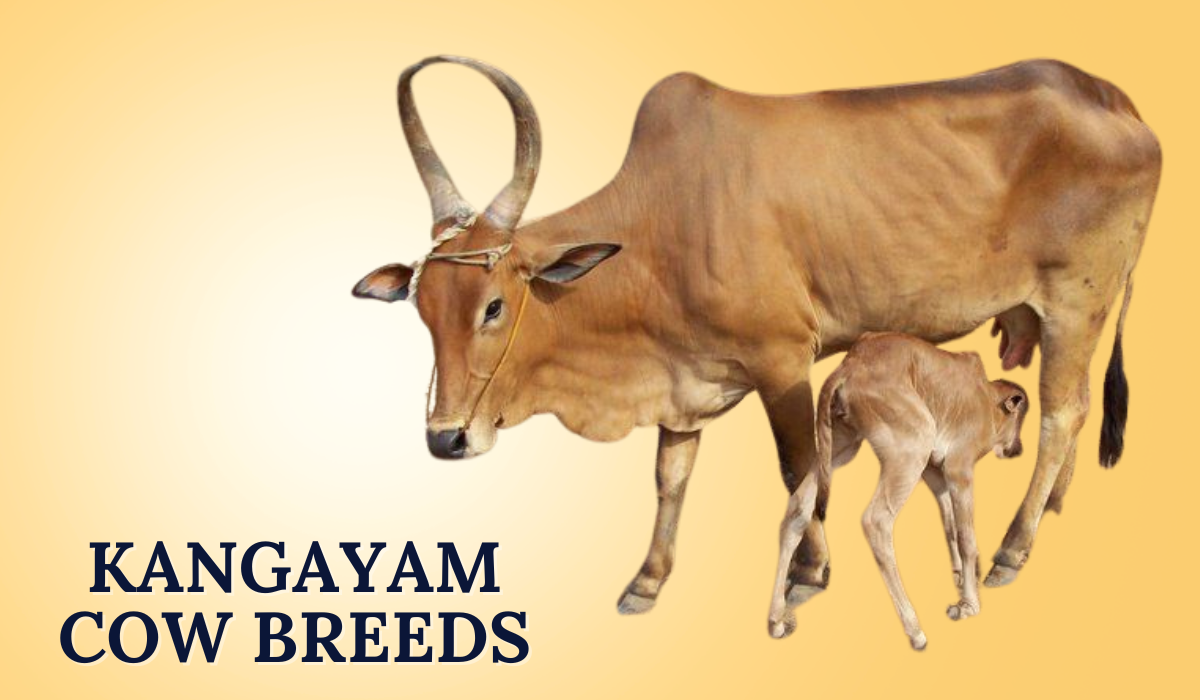The puff adder (Bitis arietans) is a venomous snake from the viper family (Viperidae). It is found across sub-Saharan Africa. Known for its triangular head and robust body, the puff adder is widespread and frequently encountered. Its venom is potent and can cause severe injuries, which often incites fear. Despite this, the puff adder plays a crucial role in its ecosystem as both predator and prey.
This snake adapts well to various habitats, including arid savannas and dense woodlands. These traits make it a fascinating subject for herpetologists and wildlife enthusiasts. Its impressive camouflage allows it to evade predators effectively. The puff adder’s hunting techniques are unique and efficient, contributing to its survival in diverse environments.
In this article, we explore its characteristics, habitat preferences, and hunting behaviors. We also examine its diet, reproduction, and conservation status. This remarkable reptile holds ecological importance but faces challenges in a changing environment. Understanding its role helps us appreciate its contribution to African biodiversity.
A Comprehensive Overview of the African Viper
Characteristics of the Puff Adder
Puff adders have robust, thick bodies and typically grow up to 4 feet (1.2 meters) in length, although some individuals can reach 6 feet (1.8 meters). Their coloration varies significantly, ranging from light yellow and cream to brown and grey, often adorned with dark zigzag patterns along their backs. This coloration serves as excellent camouflage, allowing the puff adder to blend seamlessly into its surroundings, particularly in dry grasslands and rocky terrains.
One of the most distinctive features of the puff adder is its triangular head, which is wider than its neck. This head shape, along with its large, hinged fangs, allows the snake to deliver a potent venom when it strikes. The puff adder’s venom contains a combination of hemotoxins and cytotoxins, capable of causing severe tissue damage and internal bleeding in its prey or potential threats.
Habitat and Distribution
The puff adder lives throughout sub-Saharan Africa and thrives in various environments, including savannas, grasslands, woodlands, and scrublands. It adapts well to arid regions but also survives in more humid areas. Deadliest Snakes In The World ability to thrive in diverse habitats is due to its adaptable nature and preference for ground-dwelling lifestyles.
In terms of distribution, the puff adder is prevalent in countries such as South Africa, Botswana, Zimbabwe, Kenya, and Tanzania. It often seeks refuge in leaf litter, under rocks, or within dense vegetation, which provides both shelter and hunting opportunities. The puff adder is primarily terrestrial but can also be found in low shrubs and occasionally climbs trees when necessary.
Behavior and Hunting Strategies
Deadliest Snakes In The World are generally nocturnal, becoming more active during the cooler hours of the evening and early morning. During the day, they tend to rest in shaded areas or burrow into the ground to escape the heat. When threatened, puff adders may rely on their camouflage to avoid detection, remaining motionless until danger passes. If provoked, they may hiss loudly, puff up their bodies, and strike defensively.
As ambush predators, puff adders rely on a sit-and-wait strategy to capture prey. They typically lie in wait for small mammals, birds, and lizards to come within striking distance. When prey approaches, the puff adder strikes with remarkable speed, injecting venom through its long fangs. The venom quickly immobilizes the prey, allowing the snake to consume it whole. This method of hunting ensures that the puff adder can secure a meal without expending excessive energy.
Diet of the Puff Adder
The puff adder’s diet primarily consists of small mammals such as rodents and shrews, along with birds and occasionally reptiles. This Deadliest Snake in the World is highly skilled in hunting. It uses its potent venom to immobilize prey. This allows it to take down animals larger than those typically consumed by snakes of similar size. The puff adder combines ambush tactics with a powerful strike. This makes it an efficient predator in various environments.
Once the prey is subdued, the puff adder swallows it whole. Its flexible jaws allow this process, thanks to unique anatomical adaptations. This feeding strategy ensures the snake’s sustenance. It also helps control local rodent populations, keeping them in check. By doing so, the puff adder contributes to the ecological balance of its habitat. This emphasizes its role in maintaining healthy ecosystems and highlights the interconnectedness of species.
Reproduction and Lifespan
Puff adders exhibit a viviparous reproductive strategy, meaning they give birth to live young rather than laying eggs. The breeding season typically occurs during the warmer months, and females can give birth to litters ranging from 15 to 50 offspring, depending on their size and health. The young snakes are independent from birth and are equipped with a venom composition similar to that of adult puff adders, making them capable hunters right away.
The lifespan of a puff adder in the wild is typically around 10 to 15 years, although individuals in captivity may live longer due to the absence of predators and the availability of consistent food sources. The survival of puff adder populations in the wild is influenced by factors such as habitat loss, predation, and human interactions.
Conservation Status
Despite its wide distribution, the puff adder faces various threats that could impact its populations. Habitat loss due to deforestation, agricultural expansion, and urbanization has led to a decline in suitable environments for the snake. Additionally, puff adders are often killed by humans due to fear or misunderstanding, as their venomous reputation can lead to fatal encounters.
Conservation efforts aimed at protecting the puff adder include habitat preservation and public education about the ecological role of snakes. By promoting a greater understanding of the puff adder’s significance in controlling pest populations and maintaining ecological balance, conservationists hope to reduce the negative perceptions surrounding this fascinating species.
Conclusion
Deadliest Snakes In The World is a remarkable snake that plays a crucial role in its ecosystem as both a predator and prey. With its striking appearance and potent venom, the puff adder fascinates researchers and wildlife enthusiasts alike. This viper adapts well to diverse habitats, making it a key species in many ecosystems. Understanding its biology and behavior is crucial for its survival. Conservation efforts must prioritize the puff adder and the ecosystems it inhabits.
Raising public awareness can help protect this remarkable viper. With proper initiatives, we can ensure its future and preserve Africa’s biodiversity. Through collective action, the puff adder can continue to thrive in its natural environment.



